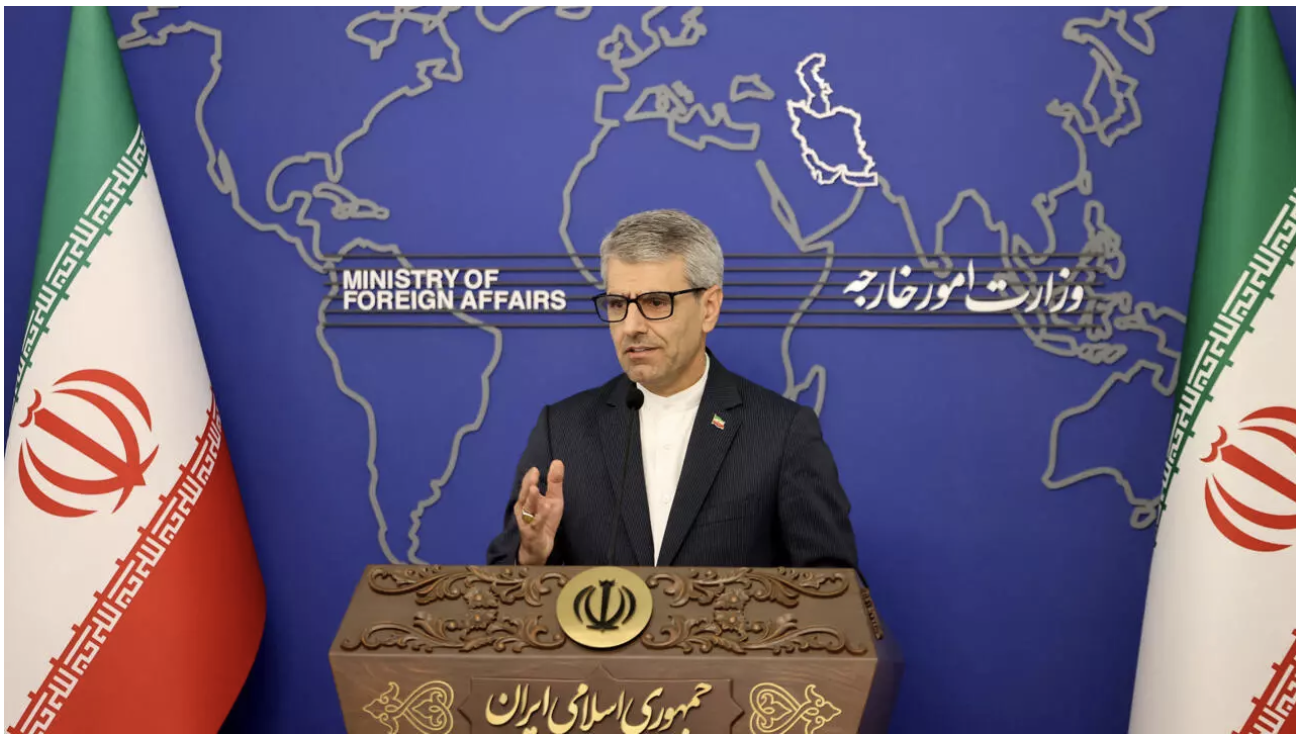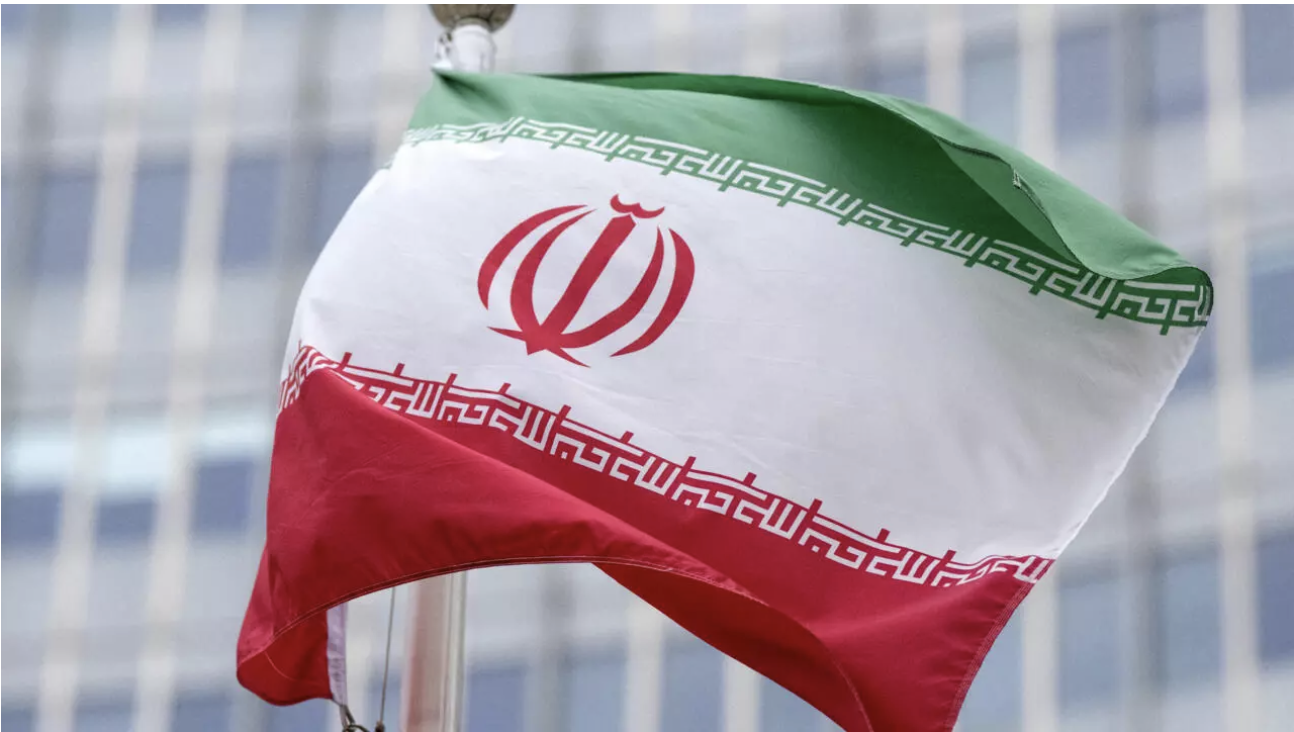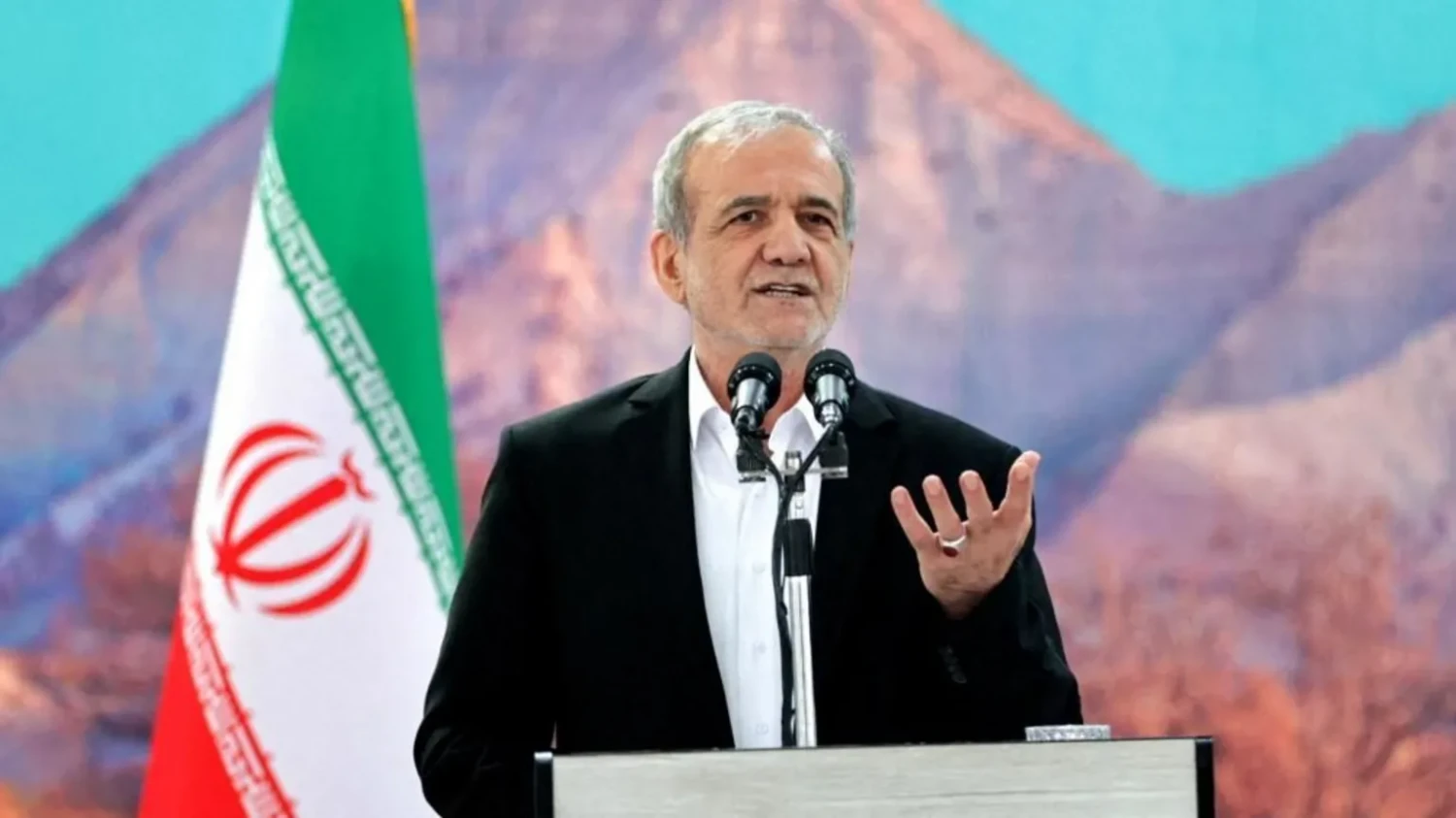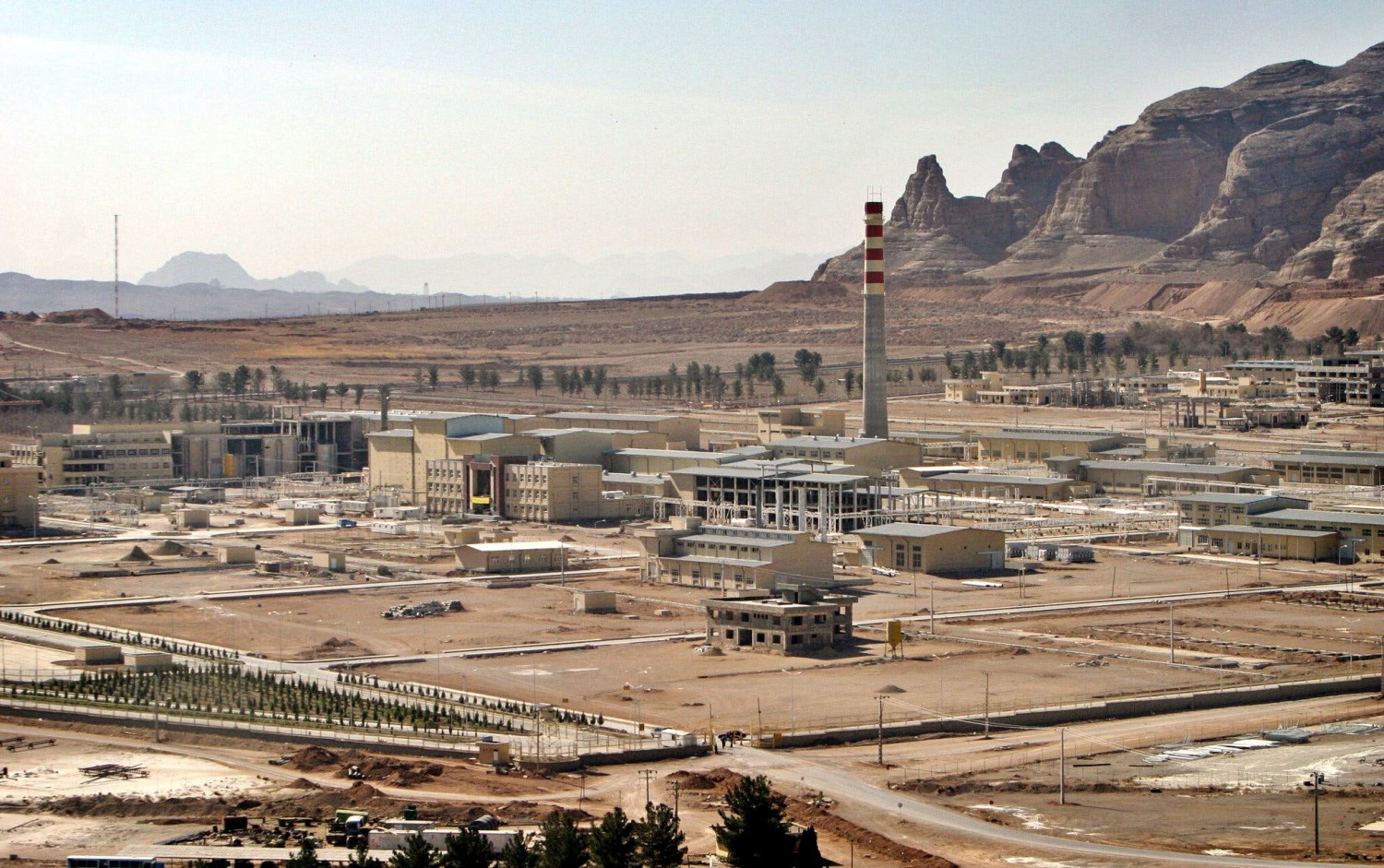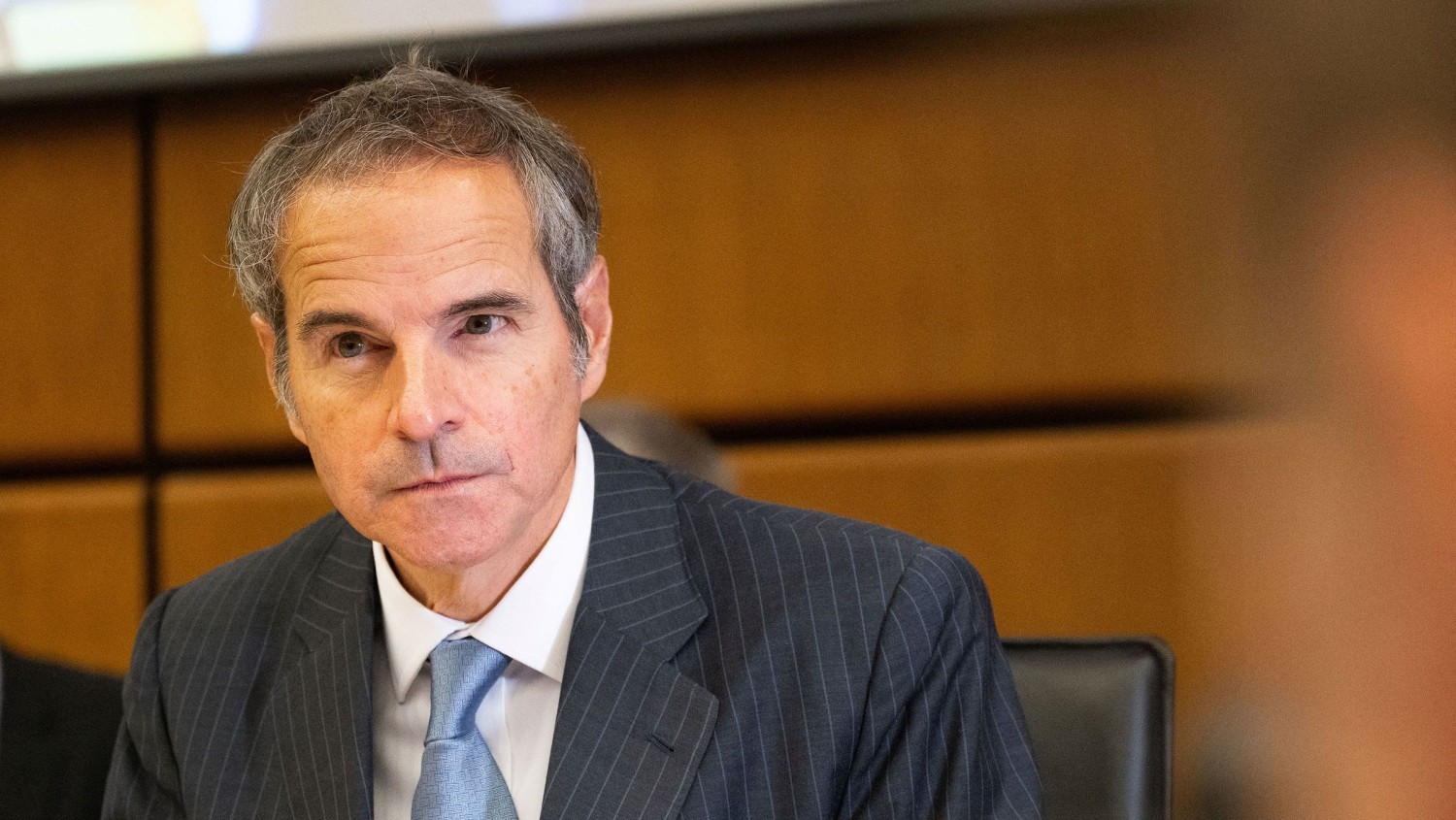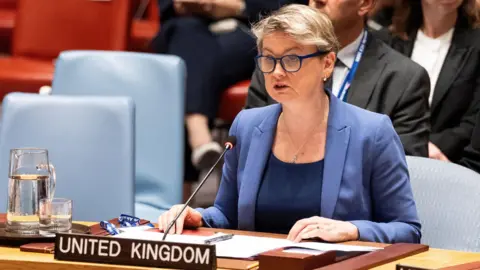
This article is more than
5 year oldRobert Levinson: US hostage has died in Iran, says family
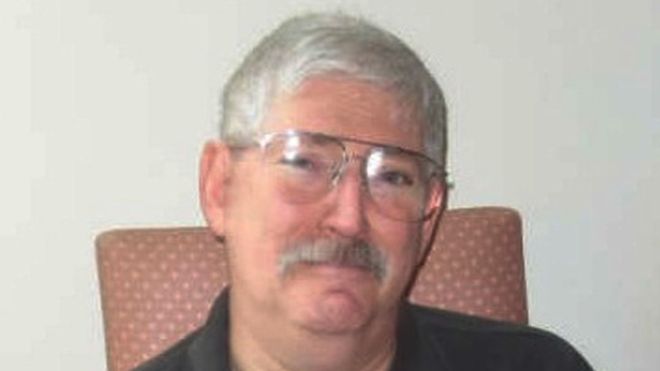
"It is impossible to describe our pain," the family said, adding that his death appeared to have occurred before the coronavirus pandemic.
Levinson, the longest-held hostage in US history, disappeared in 2007 on the Iranian island of Kish.
His family say he was working on behalf of an unauthorised CIA mission.
He retired from the FBI in 1998, but had been working in Kish as a private investigator, looking at cigarette counterfeiting in the region, his wife says.
US officials suspected he was kidnapped by Iranian intelligence forces to be used as a bargaining chip in dealings with Washington.
What did President Trump say?
President Donald Trump said on Wednesday at the White House: "I've been very much involved in that and he was a great gentleman and a great family.
"It's not looking good, he wasn't well for years in Iran, it's not looking promising."
The president added: "But Robert Levinson, who was outstanding, has been sick for a long time. He had some rough problems prior to his detainment or capture.
"It's not looking great, but I won't accept that he's dead. They haven't told us he's dead."
In November, Mr Trump tweeted calling for Iran to turn over Levinson.
What did the family say?
The Levinson family statement on Wednesday said they had recently received information from US officials that had led them to conclude he had died in Iranian custody.
"It is impossible to describe our pain," they said.
"Our family will spend the rest of our lives without the most amazing man we have ever known, a new reality that is inconceivable to us.
"His grandchildren will never meet him. They will only know him through the stories we tell them.
"If not for the cruel, heartless actions of the Iranian regime, Robert Levinson would be alive and home with us today."
When was the hostage last seen alive?
The family, of Coral Springs, Florida, received proof-of-life photos and a video in 2010 and 2011, though his whereabouts were unknown.
Photographs emerged of him bearded and wearing an orange prison jumpsuit, similar to those worn by US detainees in Guantanamo Bay.
Around his neck hung signs, one of which said, "why you cannot help me".
Experts determined the video had been sent through Pakistan, while the photos were sent from an internet address in Afghanistan.
Pashtun wedding music could be heard playing faintly in the background of the video, suggesting Mr Levinson could be held in either of those two countries.
Another theory of US officials was that the Iranian government could have routed the images externally in an effort to blame Mr Levinson's disappearance on someone else.
